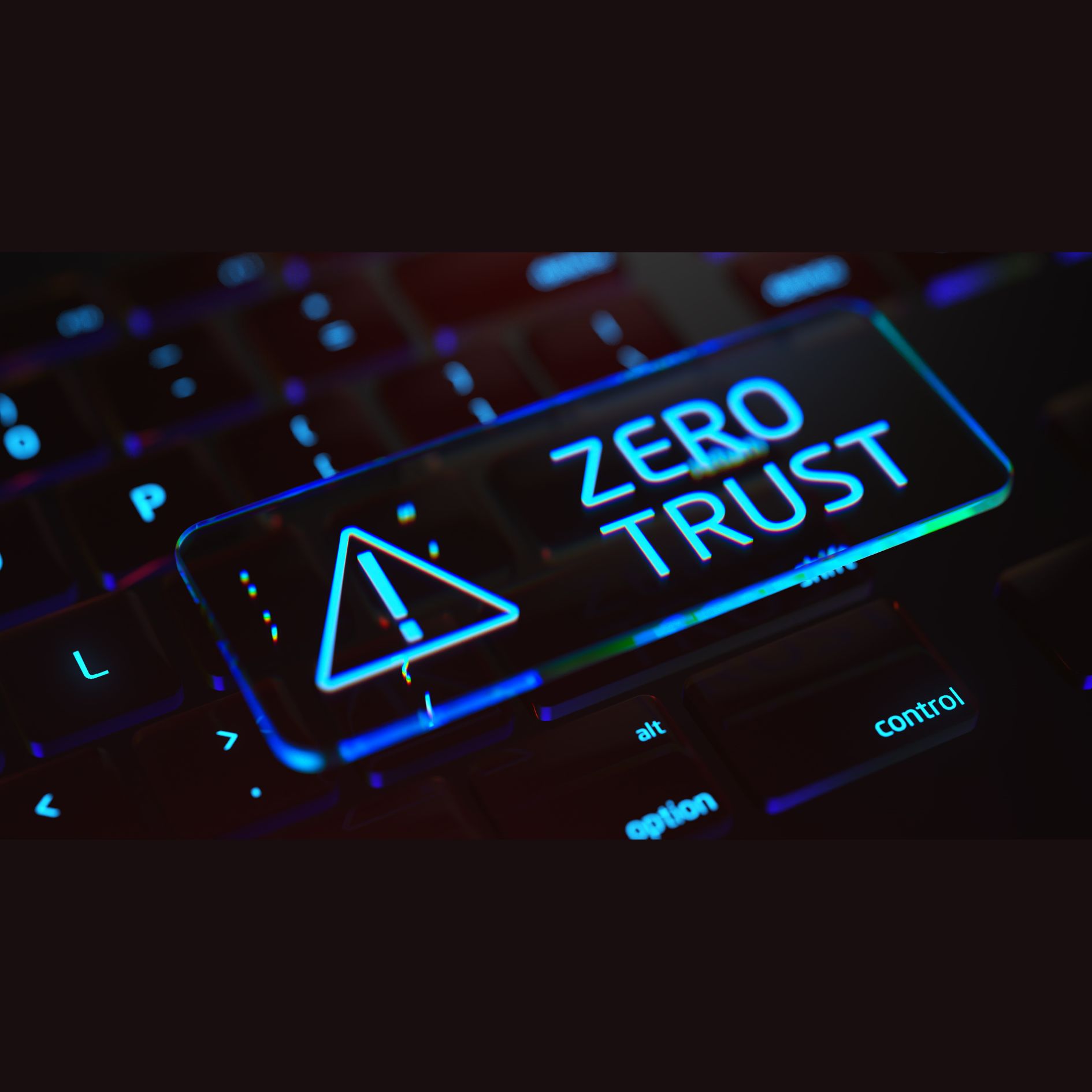Introduction:
In today’s rapidly evolving digital landscape, cybersecurity is a critical concern for organizations of all sizes. Traditional security models that relied on a perimeter-based approach are no longer sufficient to protect against sophisticated threats. Enter Zero Trust Network Access (ZTNA) is a revolutionary security framework that challenges traditional notions of trust and provides a dynamic, adaptive defense against cyber risks. This blog post delves into ZTNA, its core principles, and the transformative power it holds for organizations.
Understanding ZTNA:
Zero Trust Network Access, often abbreviated as ZTNA, is a security framework that stands on the foundational principle of “never trust, always verify.” Unlike the conventional security approach, which established trust based on a user’s location within a network, ZTNA shifts the paradigm. It mandates continuous authentication and verification for every user and device attempting to access network resources, irrespective of their physical location.
The fundamental tenets of ZTNA are as follows:
Identity Verification:
ZTNA requires rigorous identity verification for all users and devices seeking access. This process typically involves robust authentication methods like multi-factor authentication (MFA) or biometrics.
Least Privilege Access:
Users and devices are granted only the minimum access necessary to perform their specific tasks. This approach not only curtails the lateral movement of potential attackers within the network but also minimizes the damage in case of a security breach.
Micro-Segmentation:
ZTNA advocates network segmentation into isolated zones, restricting unauthorized access to sensitive resources. Access control operates at a granular level, ensuring that users can only access specific resources required for their tasks.
Continuous Monitoring:
The ZTNA model incorporates continuous monitoring and analytics to detect and respond to anomalies and security threats in real time. This capability enables swift mitigation of suspicious activities.
User and Device Trustworthiness:
Trustworthiness is continually assessed for both users and devices during their interaction with the network. Should trust be compromised, access can be revoked instantly.
Problems Faced by Customers and the Solutions:
1. Complex Implementation:
The implementation of ZTNA can be a daunting task for many organizations. Adapting existing legacy systems and intricate network architectures to accommodate ZTNA can be both time-consuming and complex. The integration process must ensure business continuity, often posing a significant challenge.
Solution:
1. Initiate the ZTNA implementation with a well-crafted plan that takes into account the unique needs of your organization. Gradually phase in the deployment to minimize disruptions.
2. Seek guidance from experienced security professionals or vendors with ZTNA expertise to navigate the complexity and streamline implementation.
2. User Experience:
Users accessing resources through ZTNA may occasionally experience slower performance due to the additional security checks and traffic redirection through various access points. Cumbersome authentication processes can also impact the user experience negatively.
Solution:
1. Invest in high-performance ZTNA solutions to minimize latency and ensure a seamless user experience. Load balancing and traffic optimization techniques can further enhance performance.
2. Educate users about the advantages of ZTNA and provide guidance on best practices for accessing resources efficiently. By explaining the need for these additional security measures, you can help mitigate user frustration.
3. Cost:
Implementing ZTNA can be a substantial financial investment. Organizations often must procure new hardware software and commit to ongoing maintenance, straining budgets, especially for smaller enterprises.
Solution:
1. Cloud-Based Solutions: Consider cloud-based ZTNA solutions, often more cost-effective than traditional hardware-based alternatives. Pay-as-you-go models and subscription plans can help spread the financial burden.
2. Total Cost of Ownership (TCO) Analysis: Perform a comprehensive TCO analysis to understand the long-term costs associated with ZTNA. This insight will facilitate informed budgeting decisions.
4. Security and Privacy Concerns:
While ZTNA enhances security by thoroughly verifying user and device identities, it raises concerns about privacy and data security. Customers worry about the collection and storage of personal data, and they must ensure compliance with data protection regulations.
Solution:
1. Implement data minimization practices by only collecting essential data for authentication and access control. Whenever possible, anonymize or pseudonymize data to protect user privacy.
2. Ensure your ZTNA solution aligns with applicable data protection regulations (e.g., GDPR or HIPAA). Implement robust encryption and access controls to safeguard user privacy.
5. Scalability:
As organizations expand or need to accommodate a growing number of remote users, scaling ZTNA solutions can pose challenges. It’s crucial to ensure that the infrastructure can handle increased traffic while maintaining performance.
Solution:
Choose ZTNA solutions designed for easy scalability and capable of handling growing traffic and user loads. Implement automation to adjust resources based on demand fluctuations.
Conclusion:
In conclusion, Zero Trust Network Access (ZTNA) is a revolutionary security framework that embodies the dynamic and adaptable nature of modern cybersecurity. While ZTNA offers a potent solution to today’s security challenges, its successful implementation requires careful planning, technology selection, and a dedication to ongoing security assessment and adjustment. However, as organizations shift to ZTNA, they empower themselves to secure their digital assets effectively, safeguard sensitive data, and ensure the trustworthiness of their network environment. In a world of ever-evolving cybersecurity threats, Zero Trust Network Access provides a robust foundation for organizations to build and fortify their digital defenses.
Suggestions:
To excel in implementing ZTNA successfully and maximize its benefits, organizations should consider the following suggestions:
1. Invest in Comprehensive Planning:
Firstly, commence your Zero Trust Network Access journey with meticulous planning and strategy development. Tailor the implementation to align with your organization’s unique requirements and phase it in gradually to minimize disruptions.
2. Consult Security Experts:
Secondly, seek guidance from experienced security professionals or vendors specializing in ZTNA. Their expertise can help you navigate the complexities of implementation and ensure a smoother transition.
3. Prioritize User Experience:
Finally, to alleviate user experience concerns, invest in high-performance Zero Trust Network Access solutions that minimize latency. Additionally, educate your users on the significance of Zero Trust Network Access and guide them on best practices for efficient resource access.
Visit our website to know more!
Follow us on LinkedIn:


